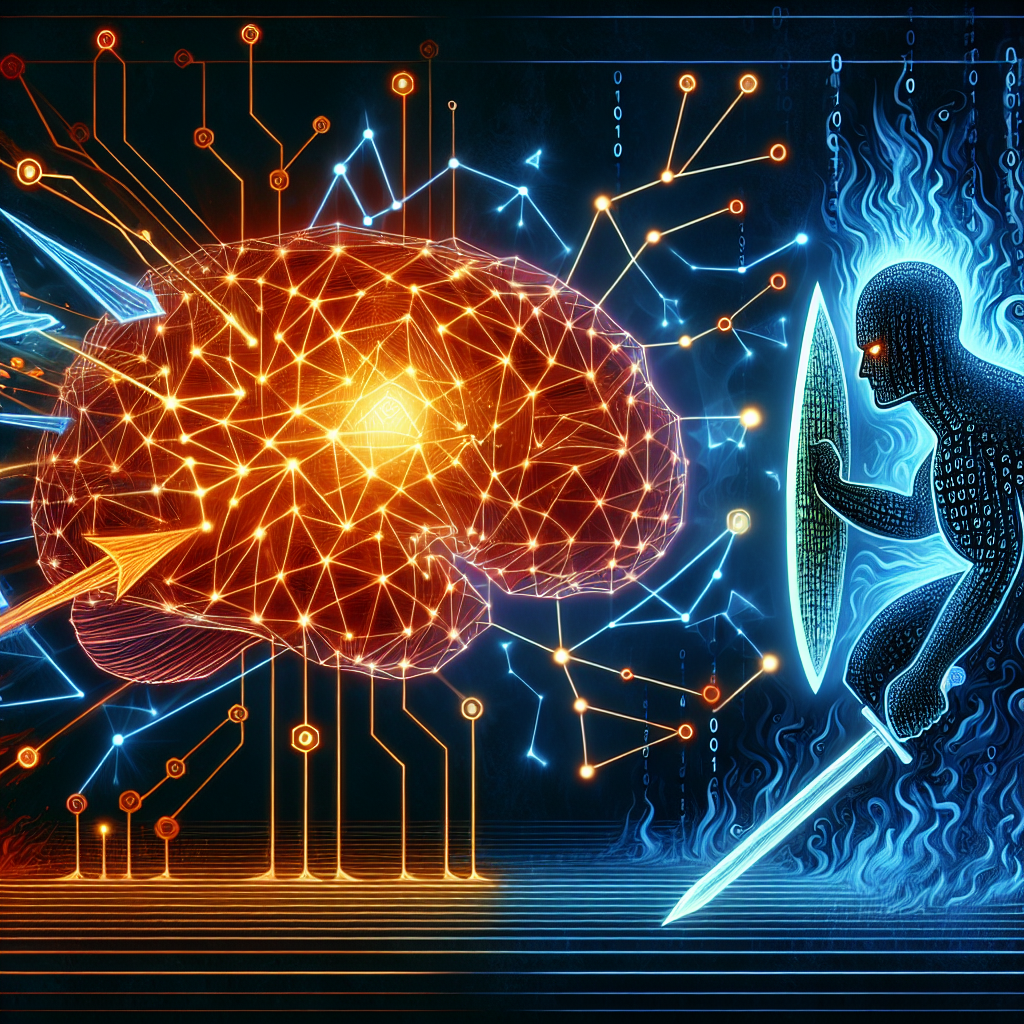AI in Cybersecurity Combating Threats
In 2017, the worldwide WannaCry ransomware attack paralyzed hospitals, banks, and businesses across 150 countries. What made this attack so devastating wasn’t just the scale—it was the speed. In mere hours, the malware spread like wildfire, encrypting data and demanding ransom. It was a wake-up call that traditional security tools, based on reactive defense methods, simply couldn’t keep up. Enter artificial intelligence (AI), the game-changer now leading the fight in AI in cybersecurity combating threats in real time.
AI’s Tactical Advantage in Cybersecurity
AI doesn’t just watch—it learns, adapts, and anticipates. With the explosion of data and the evolving sophistication of cyber threats, AI brings crucial advantages to the cybersecurity battlefield:
- Real-time Threat Detection: Machine learning algorithms scan and analyze network traffic in real time, spotting anomalies long before a human analyst could identify them.
- Predictive Analytics: By studying past incidents, AI can predict potential future attacks and recommend proactive defense strategies.
- Automated Threat Response: AI can launch immediate responses, isolating compromised parts of the system before the threat spreads, often without manual intervention.
- Behavioral Analysis: Instead of just relying on attack signatures, AI learns normal system behavior and flags deviations, detecting novel forms of malware and phishing attacks.
Fighting Sophisticated Threats
Modern cyber threats are no longer just the work of individual hackers. They’ve evolved into complex, state-sponsored, and organized cybercrime operations. These threats often use tactics that bypass conventional firewalls and intrusion detection systems. AI acts as a powerful equalizer, neutralizing zero-day vulnerabilities, handling large volumes of data, and identifying threats that would go unnoticed by humans.
AI-driven endpoint protection platforms and security operations centers are revolutionizing cybersecurity. Tools like Darktrace and CrowdStrike employ AI to monitor hundreds of thousands of endpoints across the globe, learning continuously and adapting to new threat vectors.
Challenges AI Faces in Cyber Defense
While AI is a formidable ally in cybersecurity, it’s not without its challenges:
- False Positives: In early phases, AI systems may mislabel benign actions as threats, causing unnecessary disruptions.
- AI vs. AI: Cybercriminals are also using AI to design more evasive attacks, resulting in a digital arms race that raises the stakes for defenders.
- Data Privacy: AI needs vast data sets to function effectively, creating potential privacy concerns if data is mishandled.
Real-World Applications and Success Stories
Large enterprises like Microsoft and IBM harness AI in robust cybersecurity strategies. For example, Microsoft’s Azure Sentinel uses AI for intelligent threat detection and automated response, reducing response times from hours to minutes. Additionally, AI is now central in email security, fraud detection, and compliance management.
Organizations looking to fortify their cybersecurity posture should consider integrating AI into their practices. This includes training staff, auditing current security infrastructure, and identifying areas where AI can offer immediate improvements.
The Future of AI in Cybersecurity
As we move toward an increasingly connected digital landscape, the fusion of AI and cybersecurity will only deepen. Emerging technologies like quantum computing and 5G networks will introduce new vulnerabilities, making AI in cybersecurity combating threats even more critical.
Continuous investment in AI capabilities, regulatory alignment, and ethical deployment will shape whether we can stay ahead of future attacks—or fall victim to the next global cyber event.
For a deeper dive into how AI is transforming cybersecurity, read this comprehensive AI in cybersecurity guide by Built In.

